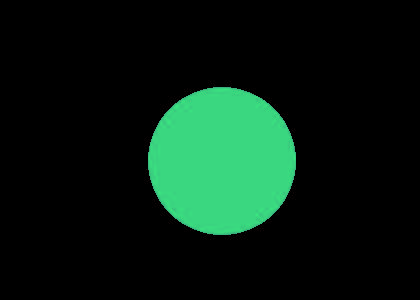I'd like to convert gif images to jpeg using Java. It works great for most images, but I have a simple transparent gif image:
Input gif image http://img292.imageshack.us/img292/2103/indexedtestal7.gif
[In case the image is missing: it's a blue circle with transparent pixels around it]
When I convert this image using the following code:
File file = new File("indexed_test.gif");
BufferedImage image = ImageIO.read(file);
File f = new File("indexed_test.jpg");
ImageIO.write(image, "jpg", f);
This code works without throwing an Exception, but results an invalid jpeg image:
[In case the image is missing: IE cannot show the jpeg, Firefox shows the image with invalid colors.]
I'm using Java 1.5.
I also tried converting the sample gif to png with gimp and using the png as an input for the Java code. The result is the same.
Is it a bug in the JDK? How can I convert images correctly preferably without 3rd party libraries?
UPDATE:
Answers indicate that jpeg conversion cannot handle transparency correctly (I still think that this is a bug) and suggest a workaround for replacing transparent pixels with predefined color. Both of the suggested methods are quite complex, so I've implemented a simpler one (will post as an answer). I accept the first published answer with this workaround (by Markus). I don't know which implementation is the better. I go for the simplest one still I found a gif where it's not working.


gtoBufferedImageagain? – Molecule